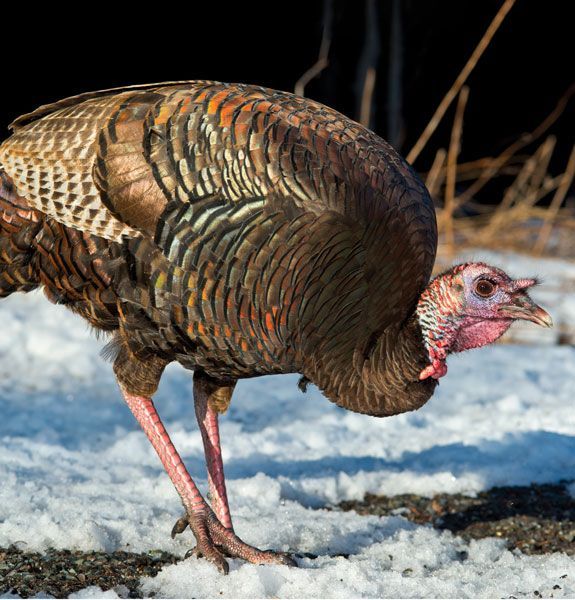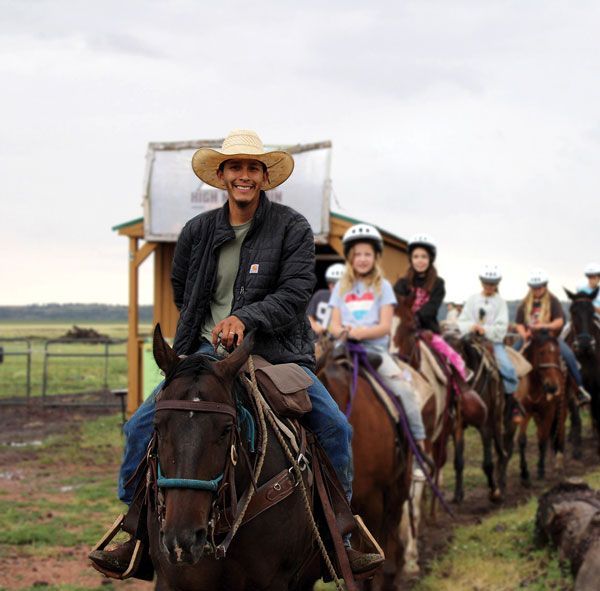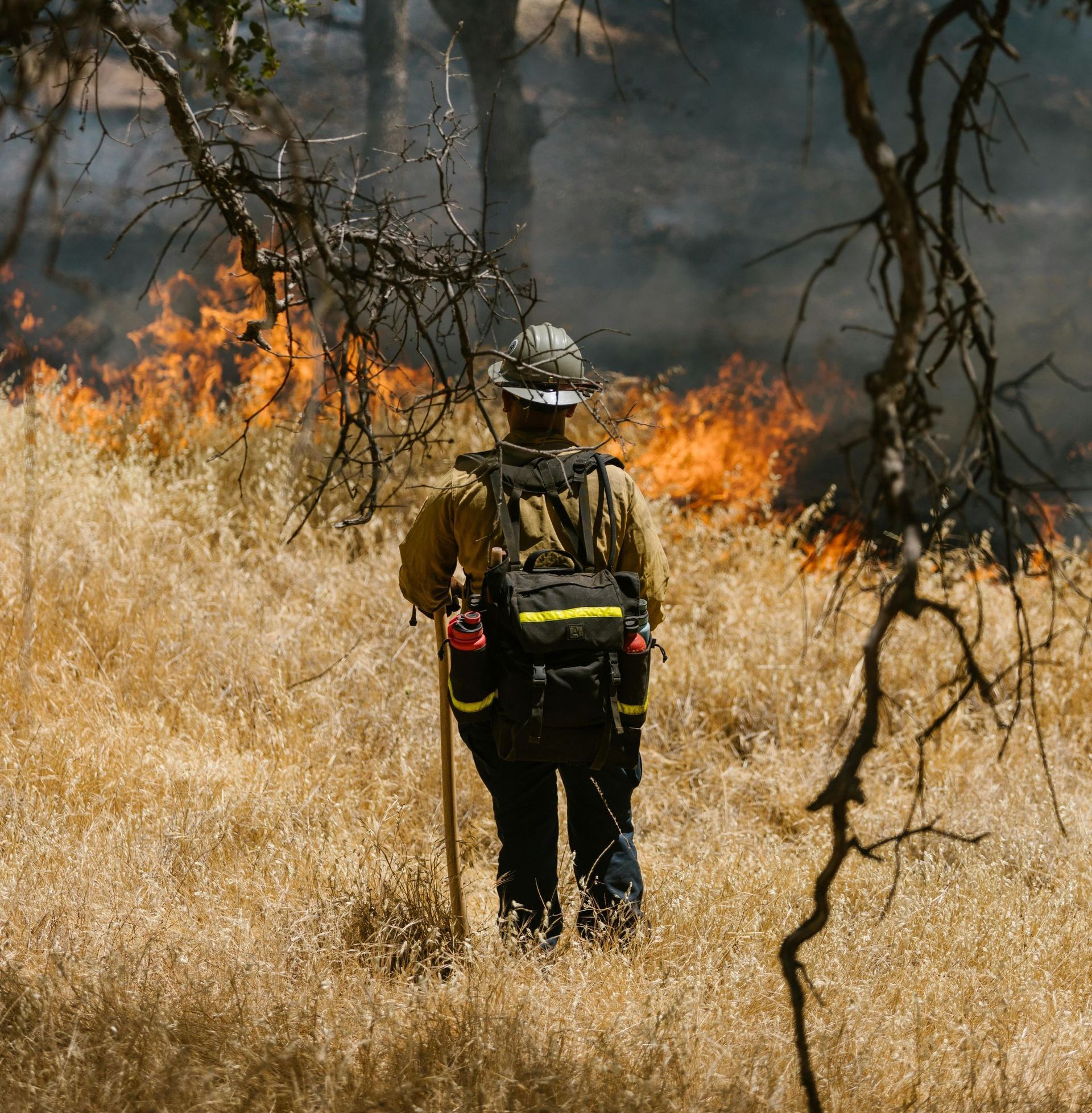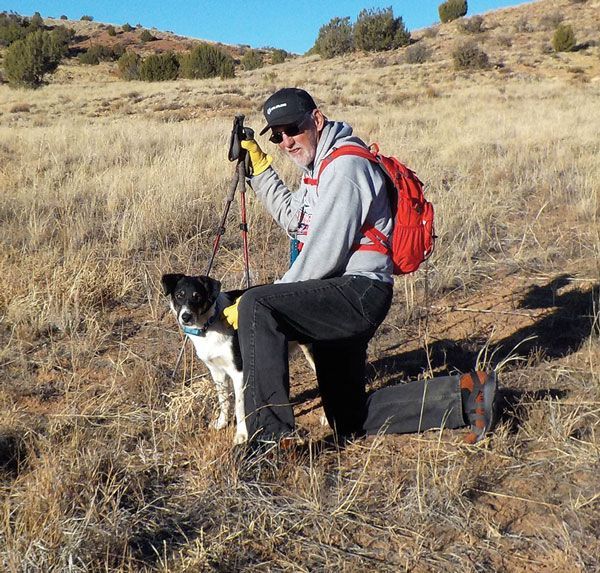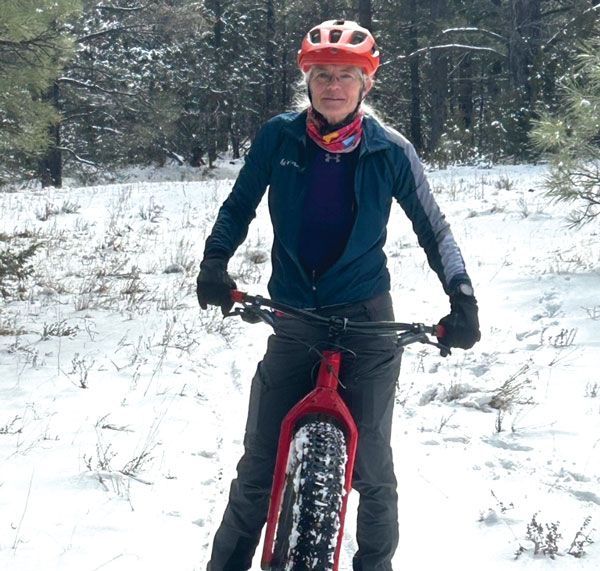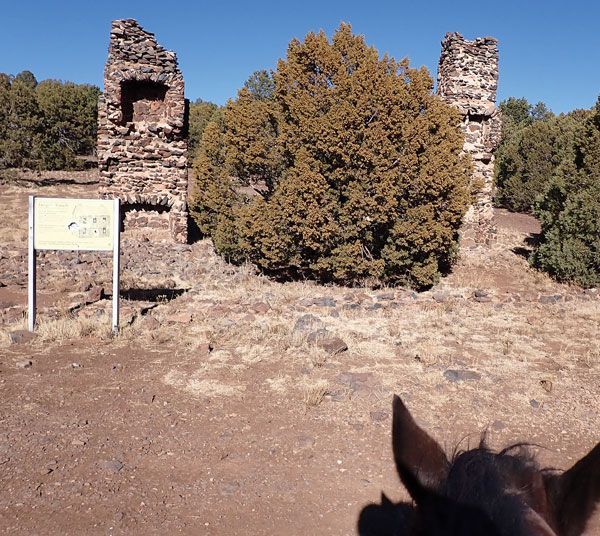Van Conversion 101
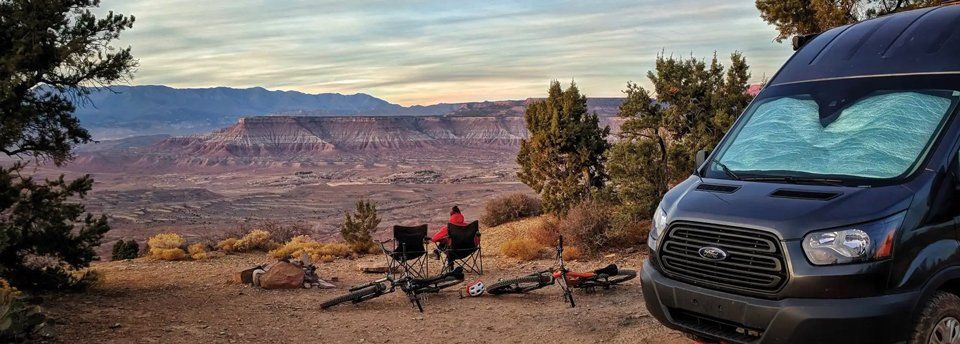
By Anne Groebner
Ever wonder what it would be like to just pack your belongings in a camper and become a vagabond — stress just dripping away like ice cream on a hot summer day? Checking off an entire bucket list of places to see, destinations you have never explored? Having the ability to head south in the winter and head north in the summer? Visit all of the State and National Parks in the United States?
It’s been one of my goals for years, but I never really researched it. I just watched other friends and family hit the road in their RVs or trailers and thought how wonderful it must be. I wasn’t sure, though, about having to drive large RVs or hauling a long trailer behind my truck, but recently a new trend has caught my eye. Van conversions have been the new-old way to go. These days, there are so many new options. Even if you’re just hitting the road for a short vacation, setting up the perfect transportation is the most important item on the cog of the wheel of adventure.
I have been compiling some info on this subject for this article and it may not be as hard or expensive as you may think. I found a site online, www.faroutride.com that has done all of the work, including what it costs to convert a van into a camper as well as what it cost to live out of the van for a year or two. Webmasters and adventurers, Isabelle and Antoine, sold their house (and everything in it), quit their engineering careers, and moved into their self-built campervan. They’ve been on the road ever since, and every day is an opportunity for a new adventure — they’re chasing their dreams, and inspiring others to do the same. Since they started, their website has exploded with inquiries.
After comparing vans, the make and model of the van that they chose was a Ford Transit. Here are the reasons:
- Reasonable ownership cost.
They looked at a Sprinter, made by Mercedes, but realized they could get a brand new Transit for the same price as a used Sprinter.
2. Extensive dealership network.
The Sprinters are high-end vehicles and break down a lot. Looking at the Mercedes dealership map, they wondered what would happen if they traveled to Alaska or even small towns outside a city.
3. Get parts cheap and fast.
4. Drives like a minivan.
When they test-drove both a Sprinter and a Transit, the Transit felt more nimble and predictable like a minivan, whereas the Sprinter felt like driving a full-sized cargo van.
There is a lot to consider when purchasing a Transit. There is a regular length with either a low roof or a medium roof and there’s the long length with either a low roof, a medium roof, or a high roof. Then, there’s the extended length with a high roof. There are other options, for example, if you like traveling off-road, that are wheel upgrades and all-terrain tires. There are roof racks, awnings, and a number of other accessories available.
Once you purchase the van, they have what they call the builder's packages for about $85 to $140 that include everything you need for wiring, floor plans and layouts, water & propane diagrams, and tutorials.
They tracked their living expenses as well as their maintenance cost for about a two-year period. Their living expenses included auto Insurance, gas, propane, groceries, restaurants, travel medical insurance, activities (including lift tickets, bike shuttles, entertainment), campgrounds, showers, and laundry. They averaged just over $2,000 per month. Their maintenance, which included oil changes, tires, brakes, etc., ran bout $900 per year.
They started with a 2016 Transit and have been traveling since 2017. This year they started work on their new 2022 Transit and although they don’t have it completed, they are posting information as they go. I’ll be following along so I will be prepared when I pull down my shingle, load up the dogs, and head out into the sunset.


